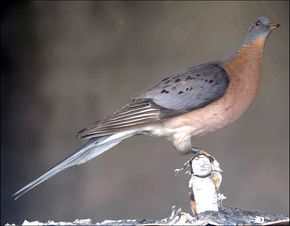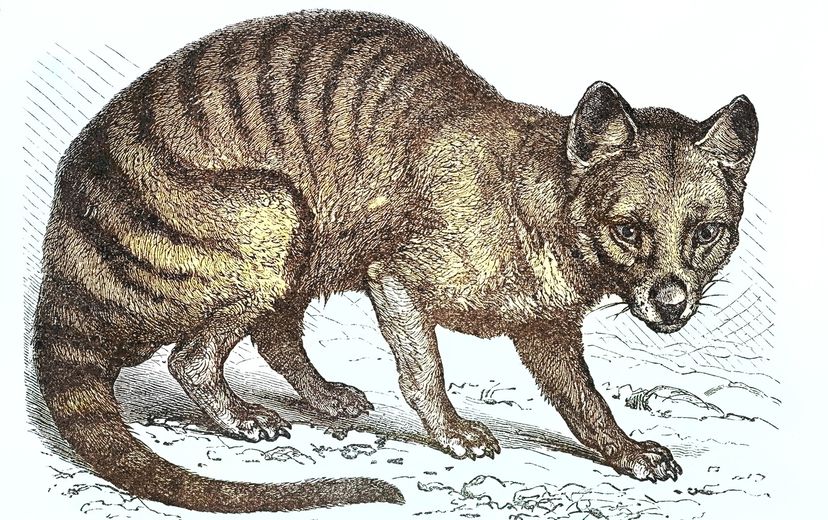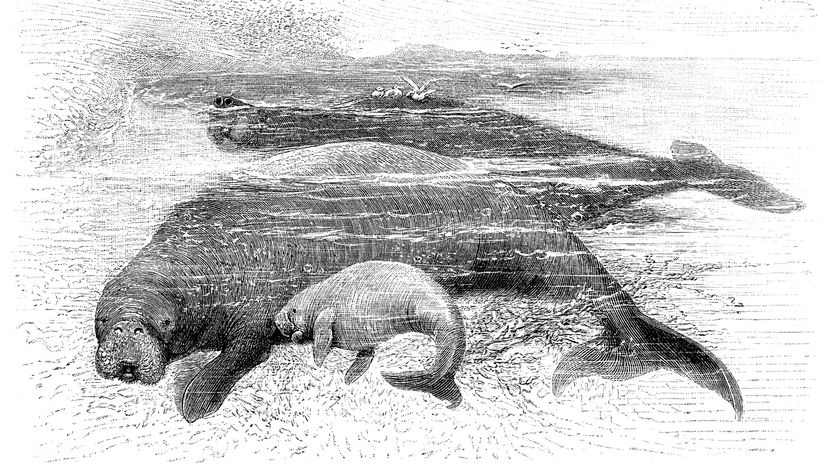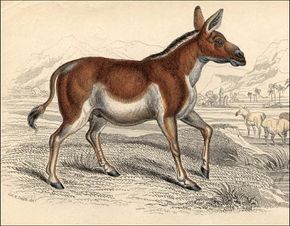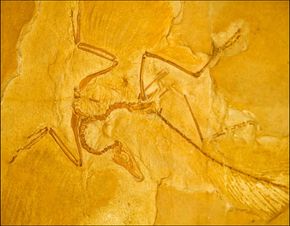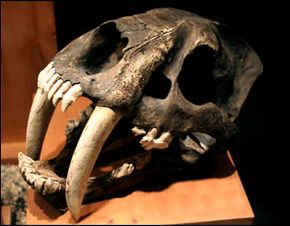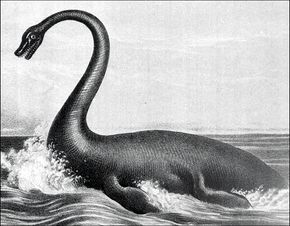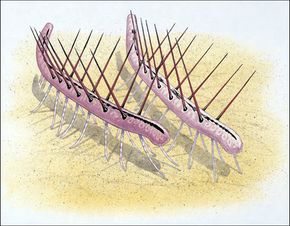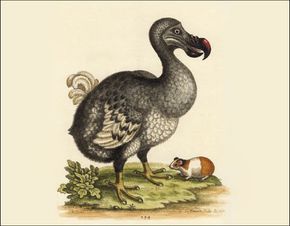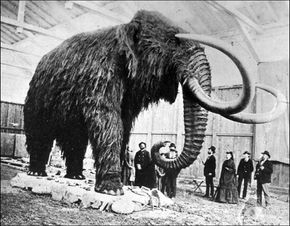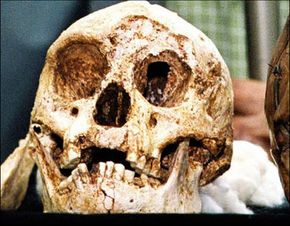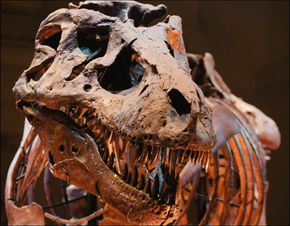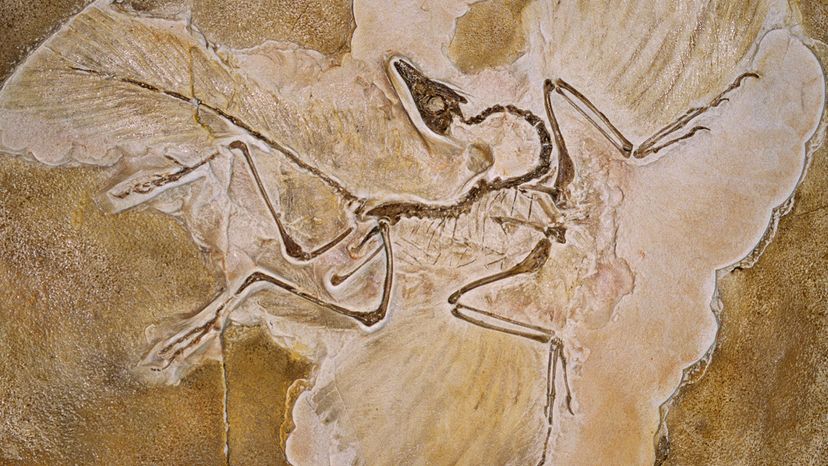
When a threatened species becomes extinct like the Pinta Island tortoise and the West African black rhino, the tragic tales serve as stark warnings about the fragility of global biodiversity.
These recently extinct species — coupled with the stories of older extinct animals, such as the dodo and woolly mammoth — emphasize the urgent need to protect the species still under threat.
Advertisement
As factors like habitat loss, overexploitation of natural resources and human encroachment continue to threaten numerous animals and plants, let's take a closer look at 12 remarkable species that once lived on our planet. Each of these creatures highlights the urgent need for us to protect Earth's remaining biodiversity before it's too late.
